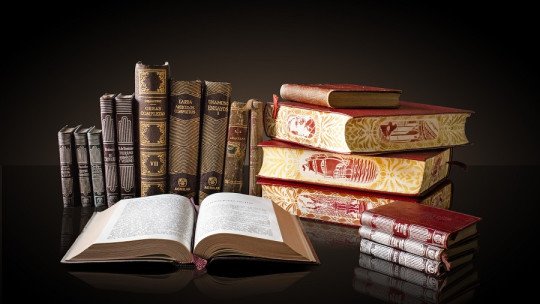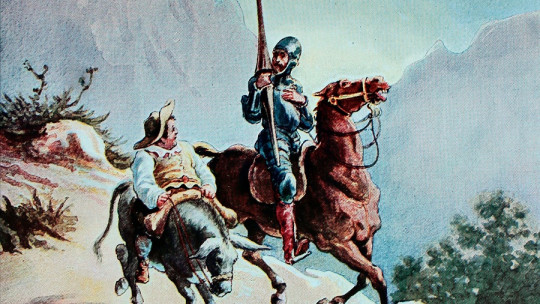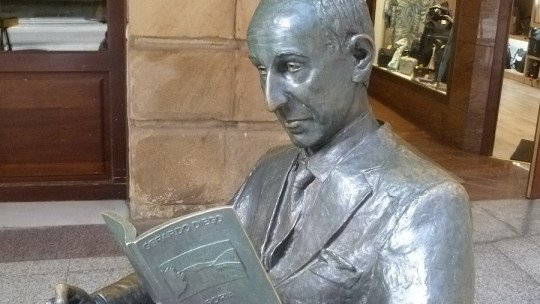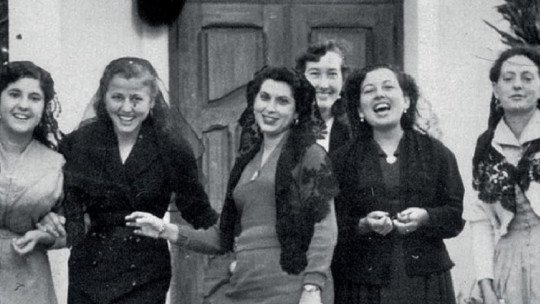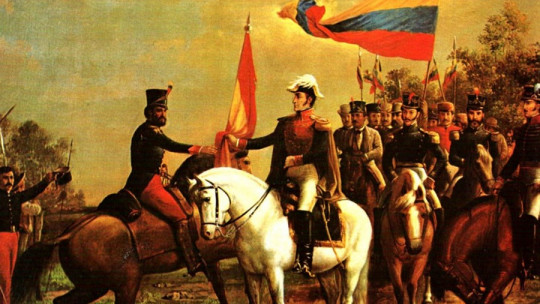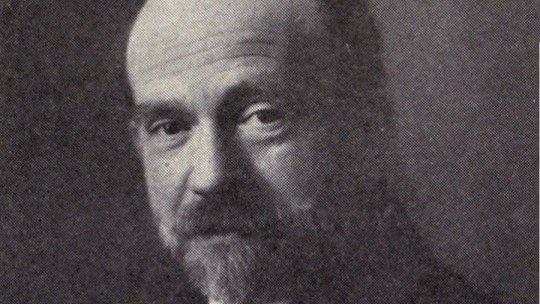
Pío Baroja y Nessi (1872-1956) is often included in the list of writers who made up the so-called Spanish “Generation of 98”, characterized, above all, by the disenchantment caused by the loss of the last colonies and the disaster in Cuba. (1898).
However, as is often the case, we must be careful when labeling historical figures. The case of Baroja, for example, is peculiar, since he was a fairly independent writer, misunderstood by many, who had his own way of thinking and expressing this thought in his literature.
In today’s article we take a tour of the life and work of this important Spanish writer from the Generation of ’98: Pio Baroja.
Brief biography of Pío Baroja
In his famous memoirs Since the last turn of the roadpublished in 1949, Pío Baroja insisted that his life seemed “rather gray” to him, with a completely normal childhood and a youth divided between medicine and, later, literature.
It may be that in our character’s biography there are no exciting episodes, as there are in the life journey of other authors, but perhaps precisely for that reason (due to his supposed vital monotony) Baroja was able to bequeath to the world a literary corpus of no less than 50 long novels and more than 60 short ones without counting the numerous stories, essays and plays.
On the other hand, let us remember that the writer lived through several war conflicts; not only that of Cuba for which his generation is known, but also the Civil War of ’36, which prompted him to emigrate to France to return to Spain later deeply disenchanted and chastened by the harshness of exile. In his childhood and early youth, moreover, the echoes of the stories of the Carlist wars still resonated, which would inspire the writer so much.
A “small childhood” and a “mediocre youth”
With these harsh words the eccentric writer refers to his first years of life in the aforementioned memoirs. Born in San Sebastián, on December 28, 1872, in his early years he was accompanied by reminiscences of the terrible fratricidal wars that had divided Spain during the 19th century. In these memoirs, Baroja says that, when he was very young, he looked out over the wall of a cemetery and saw several corpses of soldiers crowded together, with “torn and threadbare uniforms.” Little Pío also remembers, very vaguely, the attempt to bomb San Sebastián during the last of the Carlist wars.
In 1879, when the future writer was only seven years old, the Baroja family moved to Madrid. In 1881, however, he returned north; specifically, to the city of Pamplona. Don Pío keeps fond memories of his kind neighbors on Nueva Street; In his memoirs he tells how these ladies came to his house to have social gatherings with their parents and how they told exciting stories of the Carlist wars, which would give so much inspiration to the writer Baroja.
Vocation: medicine?
In 1886, the family was back in Madrid, where Baroja finished high school and entered the Faculty of Medicine, with the goal of becoming a doctor. He finally received his doctorate in 1896, with a thesis titled Pain: psychophysics study. Now a doctor, Baroja moved to Cestona, in Guipúzcoa, to work as a spur doctor, a typical job in rural areas in which the doctor moved from one town to another to care for patients. His mother and sister Carmen follow him there.
Baroja will be in Cestona for a short time. Soon, and very tired of the harsh living conditions (and the low remuneration of work), we find Baroja in the effervescent Madrid, where he is going to make his first literary steps. For now, however, he goes to work in the bakery that his aunt Juana Nessi had bequeathed to Ricardo, Baroja’s brother. The doctor had become a baker.
From doctor to baker. From baker to writer
All this vital adventure can give us an idea of the restlessness that characterized Baroja and his indecision about what to do with his life. In the first years of the 20th century we find him in the capital, in his brother’s bakery, with a doctorate in Medicine behind him and still not knowing where to direct his steps.
Despite everything, some of its activities are already beginning to show signs of success. During those years, Baroja wrote some articles for various newspapers; among them, thirteen essays on Russian literature that are published in The Liberal Union. In 1900 his first publications came to light: gloomy livesa compilation of the stories he has written until then, and Aizgorri’s househis first novel, which will form the first book of the great trilogy about his land, called precisely Basque Land and which will be completed later with famous titles such as The Labraz estate (1903) and, above all, with Zalacaín the adventurer (1909), a fast-paced adventure novel directly inspired by his childhood and youth readings and, especially, by the stories he had heard about the Carlist wars.
Inspiration in civil wars
And the Spanish civil wars (because Spain did not have a single civil war, but had several throughout the 19th century: the so-called carlist wars) are a constant source of inspiration for Pio. The writer is truly passionate about the subject, and on several occasions reflects the disputes in his works.
In the already mentioned Zalacaín the adventurer, Baroja takes us to the Basque land of the late 19th century, dotted with struggles between Carlists (that is, the supporters of the claimant to the throne Carlos de Borbón) and the liberals. The protagonist is Martín Zalacaín, a restless young man who seeks adventure simply to escape his monotonous life in a small Basque town.
Memoirs of a man of action It is a colossal and ambitious work composed of no less than 22 volumes, in which Pío Baroja recounts the fictional life of one of his ancestors, Don Eugenio de Aviraneta. The character’s adventures allow the writer to create an extraordinary fresco of 19th century Spain something that earned him, already in his time, the comparison of the work with the National Episodes by Benito Pérez Galdós (1843-1920), who would be, by the way, a great supporter of Baroja.
The disheveled writer who entered the Royal Academy
In life, Pío Baroja had a certain reputation for being unsociable and eccentric. His “disheveled” appearance shocked many, to the point that, on the day of his entrance speech at the Royal Spanish Academy, many crowded at the entrance to see if the writer came with his usual appearance or deigned to clean himself up. for the occasion.
During his career as a writer, Baroja made numerous trips. Among them, his well-known trip to Paris (a city to which he would return once in exile), a stay in London and his journey through Spain, which he carried out mostly on foot. All of this served as inspiration for the creation of numerous novels.
Pío Baroja was a great fan of trilogies, as he recorded in his literary work: no less than five trilogies corresponding to the first years of the 20th century (the aforementioned Basque Land, The struggle for life, The fantastic life, Last and The race), which would be followed by a few more at the end of his life. Each of them is made up of three novels that do not always have a clear common thread and that can be read perfectly separately.
His last civil war
In 1936, what would be the last of the civil wars that bathed Spain in blood in just over a century broke out. The nationalist insurrection forces Baroja and his family to leave the hamlet of Itzea, in Navarra, to suddenly move to neighboring France. During this first exile, Baroja resides, first, in the French town of Saint-Jean de Luz; then in Paris, and finally in Basel, Switzerland.
The writer tries to return to Spain in 1937, but the continuation of the bloody war forces him to emigrate again, this time to Paris. It was not until 1940 when Pío Baroja settled permanently in Spain, a deeply transformed and depressed country that the writer is no longer able to recognize. In 1945 he published The Swan Hotel and, in 1952, The evenings of the gray chalet.
On October 30, 1956, Pío Baroja died, a victim of arteriosclerosis. With him went one of the last witnesses of that Spain at the turn of the century and one of the most brilliant chroniclers of its terrible internal struggles.

